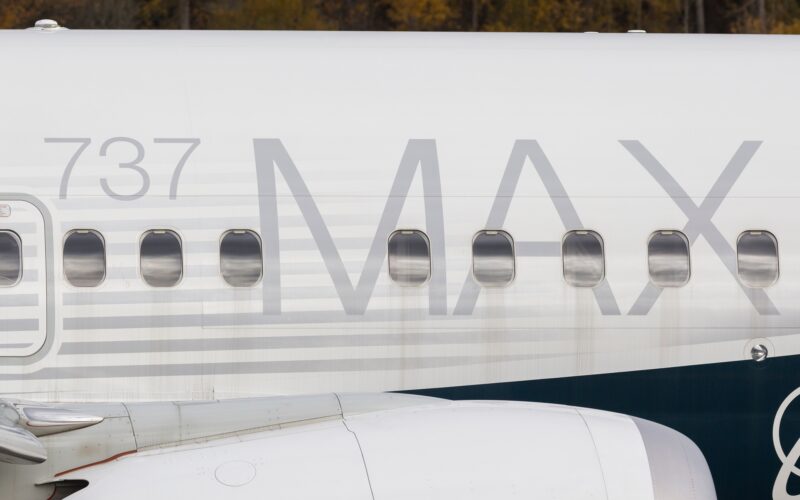US lawmakers grant Boeing 737 MAX strings-attached deadline extension

In a recently published bill, the United States (US) Senate has granted approval to Boeing and, subsequently, the Federal Aviation Administration (FAA) to continue working on certifying the 737 MAX-7 and MAX-10.
The Fiscal Year 2023 Omnibus Appropriations Bill, released on December 20, 2022, includes changes to the 49 US Code Chapter 447. Lawmakers included amendments to the Flight Crew Alerting section (Ҥ 44744), essentially giving the FAA and Boeing the go-ahead to continue working on certifying the two 737 MAX types that have yet to enter commercial service.
Changes to 737 MAX-7 and 737 MAX-10 alerting systems
While the bill reiterated that following the December 27, 2022 deadline aircraft would not be certified without a modern flight crew alerting system, it did include a provision for the exemption of aircraft where certification work began prior to the deadline. However, the exemption comes with strings attached.
“The prohibition in subsection (a) shall not apply to any application for an original or amended type certificate that was submitted to the Administrator [The FAA’s Administrator – ed. note] prior to December 27, 2020,” the Senate stated in its latest bill.
The Aircraft Certification, Safety, and Accountability Act (ACSAA), which goes into effect on December 27, 2022, will require aircraft to feature modern flight crew alerting systems. According to the document, such a system will, at a minimum, need to have displays and showcase differences among warnings, cautions, and advisories and include “functions to assist the flight crew in prioritizing corrective actions and responding to systems failures”.
Still, Boeing will have to make changes to the Engine Indicating and Crew Alerting System (EICAS) on all 737 MAX aircraft, including the 737 MAX-8 and MAX-9, which were cleared by the FAA to fly in November 2020.
The bill will mandate Boeing to retrofit all 737 MAX family aircraft with FAA-approved safety enhancements one year after the 737 MAX-10 is certified. Otherwise, the administrator will not be able to issue an airworthiness certificate to newly produced aircraft of the type. Furthermore, three years after the 737 MAX-10 certification, airlines will not be able to operate any of the 737 MAX aircraft unless they meet two conditions.
Firstly, the aircraft must include “safety enhancements approved by the Administrator” and secondly, they must either be produced or retrofitted with the FAA-approved design changes.
Boeing will also have to bear the costs of these modifications per the latest proposal.
Quarterly 737 MAX progress report
In addition to monitoring and certifying the design changes, the FAA will also have to brief the US Congress on the continuing progress of the certification of the 737 MAX-7 and MAX-10, the bill added.
The first report must be provided no later than March 1, 2023, and after that date, the FAA’s Administrator will have to appear before Congress on a quarterly basis. The current FAA Acting Administrator is Billy Nolen, a former American Airlines pilot. Nolen, or any other head of the government agency, will be required to provide detailed information on how the certification of the 737 MAX-7 and MAX-10 is progressing, “including any design enhancements, pilot procedures, or training requirements resulting from system safety assessments”. They will also have to brief US lawmakers on the implementation of the safety enhancements for the 737 MAX family.
The safety enhancements, which include a synthetic Angle of Attack (AoA) system, the ability for pilots to turn off stall warnings and overspeed alerts, were mandated following the two fatal crashes of the Boeing 737 MAX-8 aircraft in Indonesia and in Ethiopia. The two accidents, which occurred in October 2018 and March 2019, respectively, claimed the lives of 346 people. However, the bill also reiterated that additional design changes deemed appropriate by the FAA could be added.
